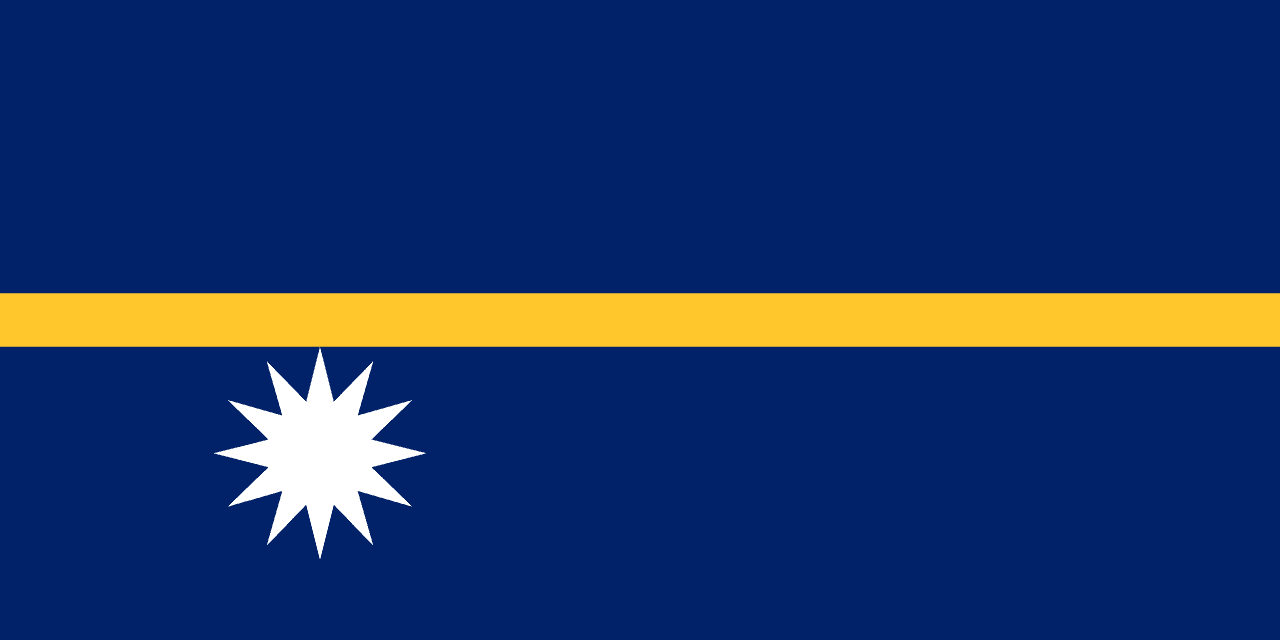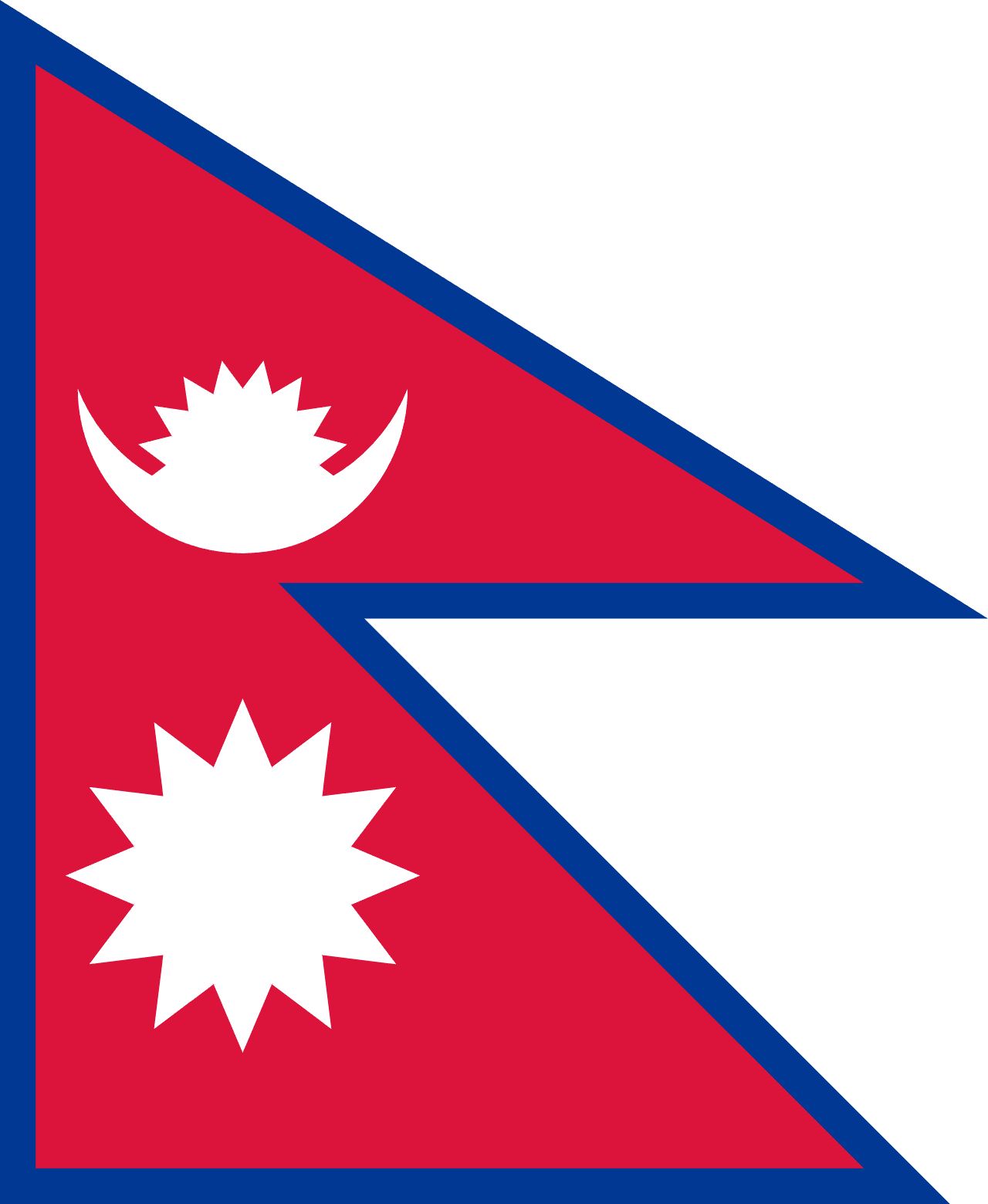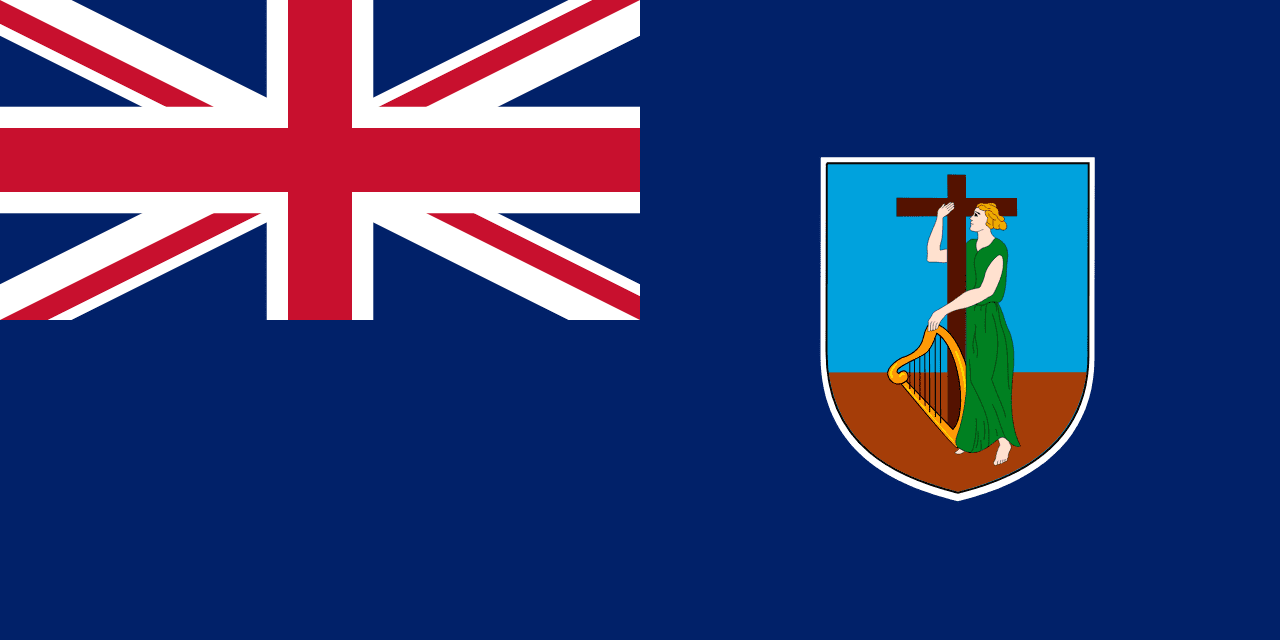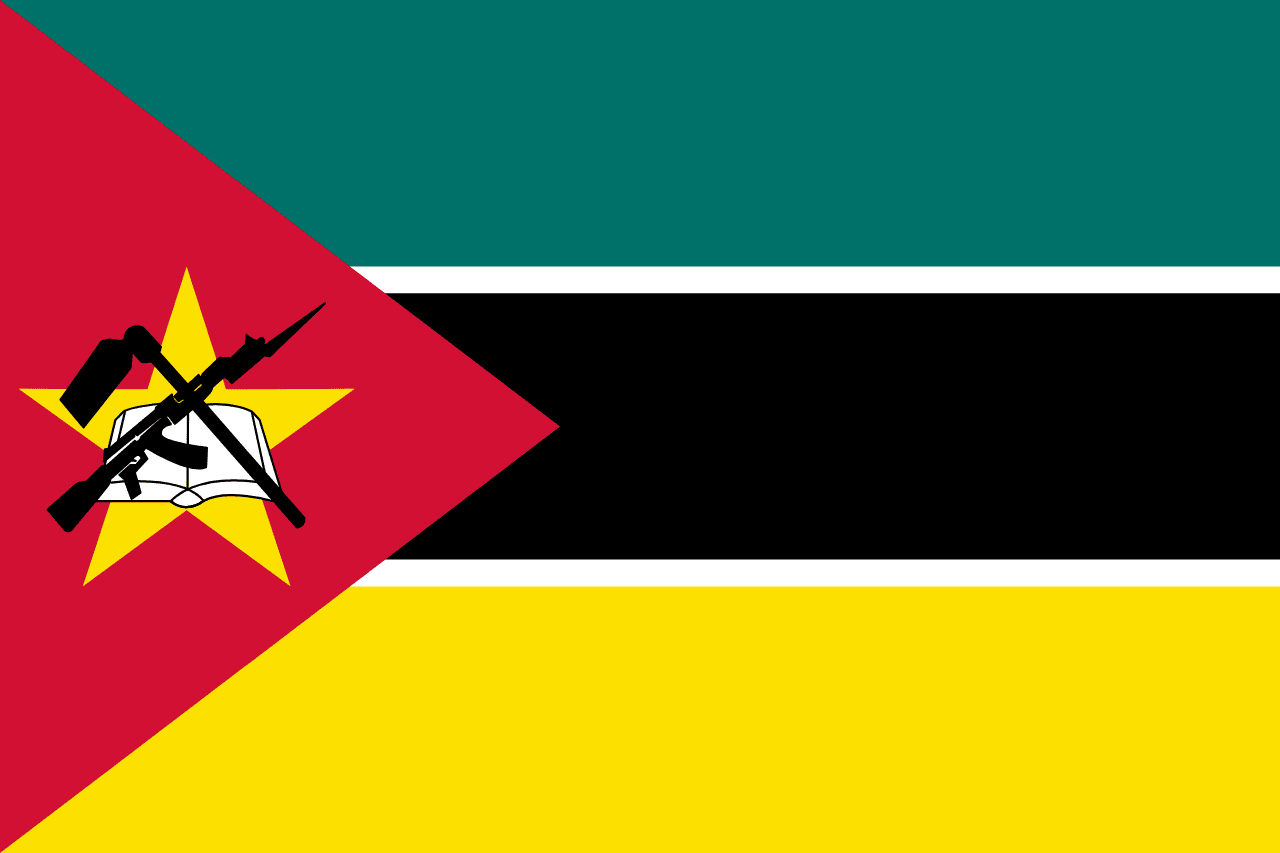The flag of Myanmar, also known as Burma, features three horizontal stripes of yellow, green, and red, with a large white five-pointed star prominently displayed in the center. This design, adopted on October 21, 2010, represents a significant shift in the country's visual identity and political landscape.
Myanmar information
| National Flag Day | — |
| Sovereign state | Yes |
| Official name | Republic of the Union of Myanmar |
| Capital | Naypyidaw |
| Population | 54,806,014 |
| Area | 676,578 km² |
| Currency | Myanmar kyat (MMK) |
| Language | Burmese |
| Continent | Asia |
| Region | South-East Asia |
| Subregion | Mainland South-East Asia |
| Borders | Bangladesh, India, China, Laos, Thailand |
| Timezone | Myanmar Standard Time (MST) UTC+6:30 |
| Calling code | +95 |
| Top-level domain | .mm |
History of the Myanmar Flag
 The current flag of Myanmar was introduced as part of the country's transition from military rule to a civilian government. It replaced the previous socialist-inspired flag that had been in use since 1974. The adoption of this new design coincided with the change of the country's official name from Burma to Myanmar and symbolized a new era in the nation's history. The flag's creation was part of a broader effort to redefine Myanmar's national identity and move away from its colonial and military past.
The current flag of Myanmar was introduced as part of the country's transition from military rule to a civilian government. It replaced the previous socialist-inspired flag that had been in use since 1974. The adoption of this new design coincided with the change of the country's official name from Burma to Myanmar and symbolized a new era in the nation's history. The flag's creation was part of a broader effort to redefine Myanmar's national identity and move away from its colonial and military past.
Symbolism and Design of the Myanmar Flag
Each element of the Myanmar flag carries deep symbolic meaning:
- The yellow stripe at the top represents solidarity and unity among the diverse ethnic groups of Myanmar.
- The green stripe in the middle symbolizes peace, tranquility, and the lush forests and agricultural lands of the country.
- The red stripe at the bottom stands for courage, bravery, and the determination of the Myanmar people.
- The large white star in the center signifies the importance of the union of the country and the hope for a bright future.
Usage and Significance of the Myanmar Flag
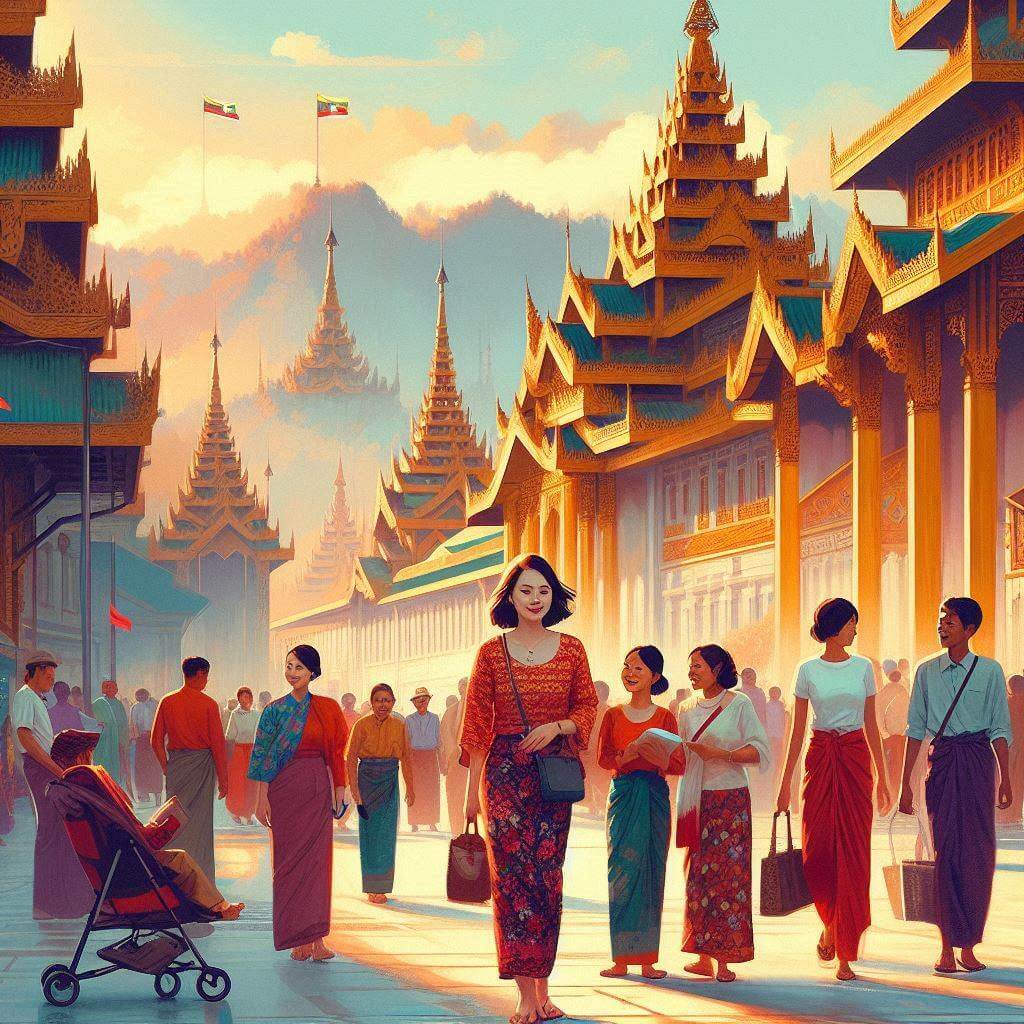 The flag of Myanmar is a powerful symbol of national identity and pride. It is prominently displayed on government buildings, schools, and public spaces throughout the country. During national holidays, such as Independence Day on January 4, the flag takes center stage in celebrations and official ceremonies. In international settings, the flag represents Myanmar at diplomatic events, sporting competitions, and global forums. For the people of Myanmar, the flag serves as a unifying symbol, representing their shared history, diverse cultures, and collective hopes for the future.
The flag of Myanmar is a powerful symbol of national identity and pride. It is prominently displayed on government buildings, schools, and public spaces throughout the country. During national holidays, such as Independence Day on January 4, the flag takes center stage in celebrations and official ceremonies. In international settings, the flag represents Myanmar at diplomatic events, sporting competitions, and global forums. For the people of Myanmar, the flag serves as a unifying symbol, representing their shared history, diverse cultures, and collective hopes for the future.
Interesting Facts About the Myanmar Flag
- The current flag design was chosen from among 1,000 entries submitted by the public, reflecting a desire for popular participation in shaping national symbols.
- The flag's color scheme is unique among Southeast Asian countries, setting Myanmar apart visually in regional gatherings.
- Despite the flag's relatively recent adoption, it has quickly become a recognized symbol of Myanmar both domestically and internationally.
- The flag's design deliberately avoids symbols associated with specific ethnic groups, aiming to represent all of Myanmar's diverse populations equally.
- The size of the central star relative to the flag's overall dimensions is larger than in many other national flags featuring stars, emphasizing its importance in the design.

